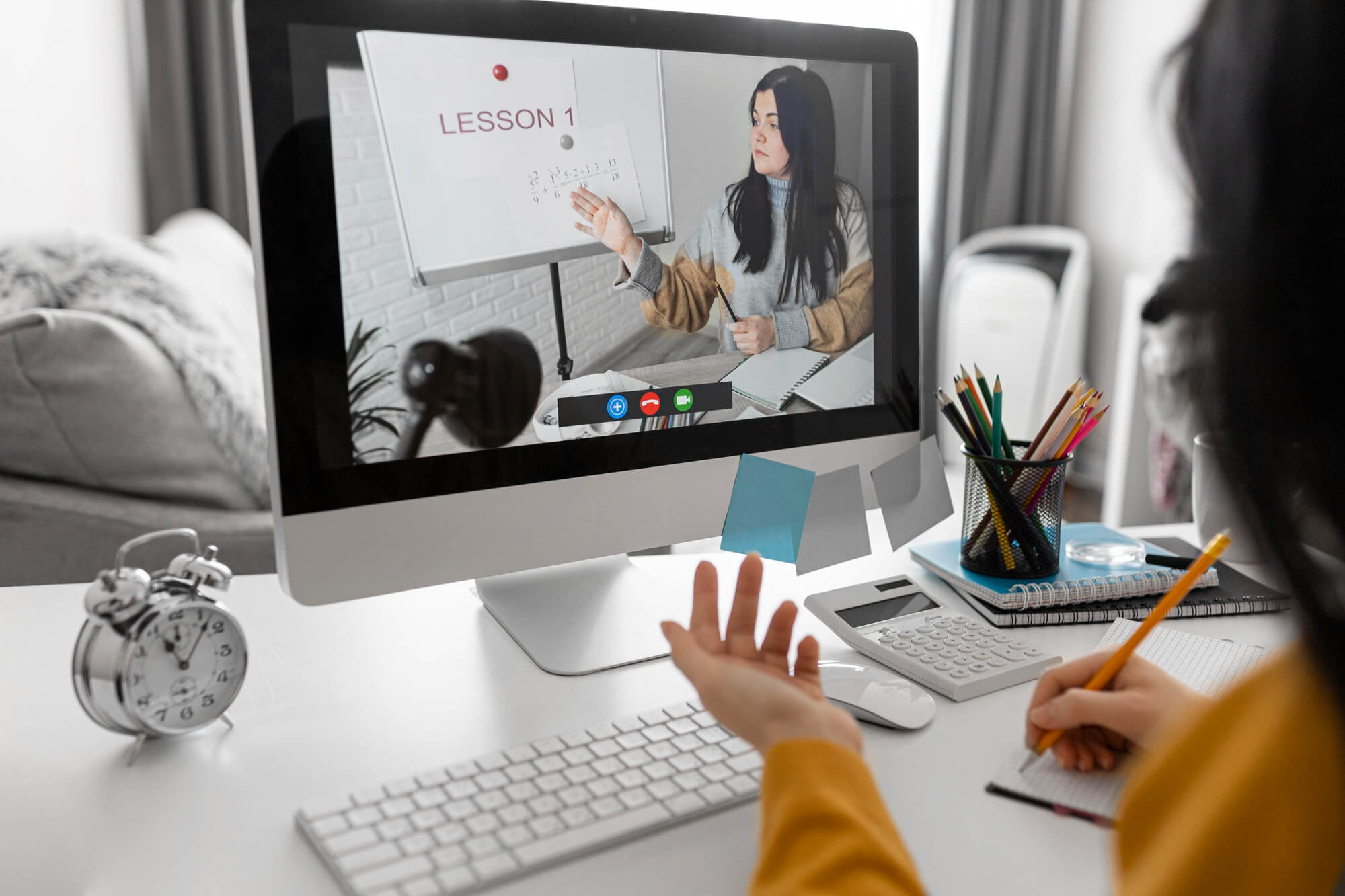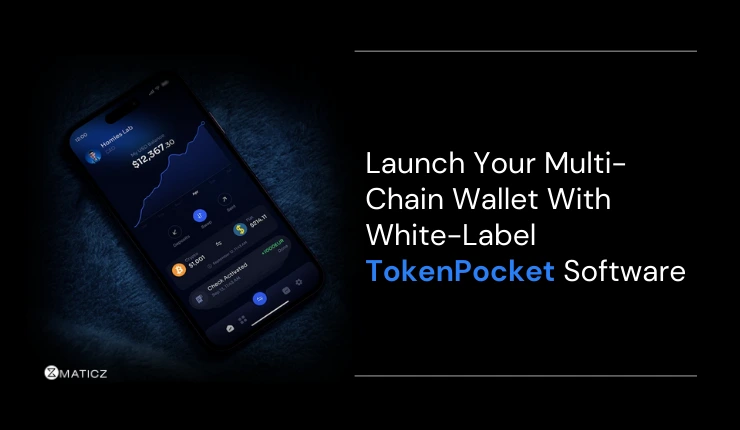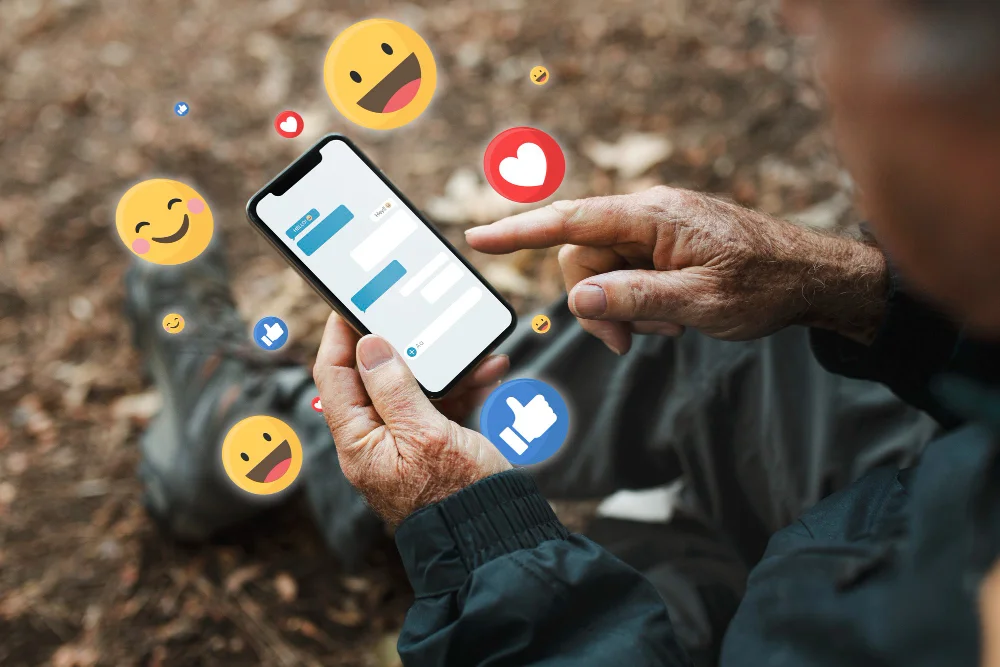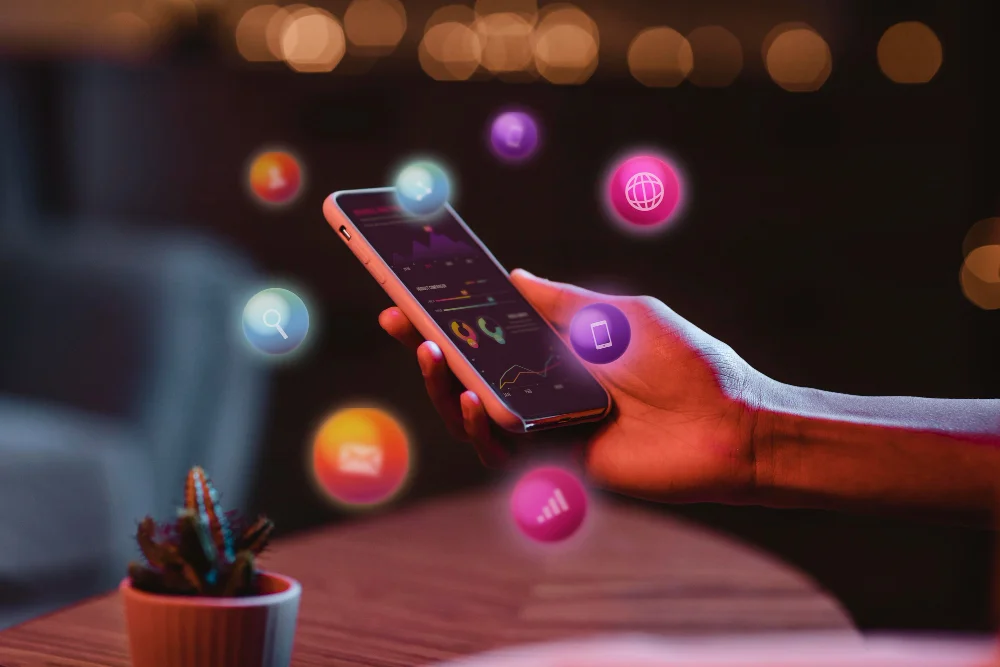Share Posts

Web3 in Education Use Cases and Benefits
124
6508
103
In the ever-changing world where people run behind technologies to improve their living standards, there comes web3 with its new innovative and immersive techniques. It has set foot in various fields, the education sector is no exception. There is no doubt that education has a greater influence on societal trends. By being a driving force, web3 influences people to step out of their comfort zones and think creatively to attain things that were once thought to be impossible.
What is Web3 in Education?
Web3 is a decentralized network where users are given the right to control data by laying its power in their hands. Time has gone when students had to rely on educational institutions and teachers, now they can educate themselves from the comfort of their homes. With web3, everyone can take advantage of intellectual opportunities.
Web3 has come as a boon to revolutionize the education system by making changes to the traditional techniques of teaching and learning. Web3-based education system opens accessibility to numerous learning materials and enhances learners’ experience. It opens up possibilities for storing one's accomplishments, knowledge, and talents on the blockchain network as proof of skill rather than relying upon centralized systems.
Web3 Education Vs Traditional Education
Traditional education depends on centralized systems such as schools and colleges where students have to learn at a fixed time. If they don't abide by their timings, they must retake the course to complete it. Since new things are popping up every day in technology, skills are also constantly changing. Using conventional teaching methods employed in institutions, students can come out with only a limited set of skills even after learning for a long time.
By adopting traditional education methods, students end up gaining good scores with zero practical knowledge. Web3-based learning allows students to acquire a variety of skills that may be applied both conceptually and practically, in contrast to traditional education, which places a greater emphasis on theoretical knowledge and skills.
Web3 Education facilitates the faculties and learners to collaborate easily and share their viewpoints which results in them coming up with tremendous techniques and ideas. The teaching method should be different and customizable which is possible only in web3 since students learn in different ways at different paces. Not every learner grasps the concept in the same learning method. Web3 aids teachers in creating high-quality personalized content.
Why does Education need Web3?
Education is one of the main sectors that remains unchanged for a long time. Even though the present-day education system unlocks the opportunities for networking, research, and learning is unignorable, still it is out of reach to many people. It couldn’t keep up with the rate of change or the demand for high-quality education.
With teachers and books being the main source of information in the traditional education system, it makes the students passive listeners. There are so many reasons to give our system a new look, but the following reasons show why education is badly in need of web3.
Inaccessibility
One of the main challenges of the current learning technique is that it is difficult to access. Not all students around the world may have access to the courses offered in one region of the world. Additionally, if a student fails to attend a course at its scheduled time, one must wait until the course resumes the following year.
High Expenditure
Students are required to spend a lot of money to get placed in educational institutions. Even after throwing money into learning new courses, they are not provided with the quality education they expect.
Lack of Skills
The traditional educational approach is designed in such a way that it emphasizes learning and passing exams rather than developing students' critical thinking and evaluation skills.
Security and Privacy Issues
While utilizing online courses and videos, a large amount of personal data of the users are getting stored on the internet in the name of user preferences and cookie settings which puts their privacy at stake.
Piracy
Using one’s content and information for their work without giving credit to the original creator of it is common in the present-day network.
How does Web3 Transform the Education Sector?
With modern technology like web3, it is possible to renovate education and the way students learn by making it more widely available and reasonably priced. It can reshape the whole learning process by providing many cutting-edge educational models that serve as models and guides for teachers and learners.
Addressing the inaccessibility issue due to location and time enables learners to access knowledge from anywhere at any time. The decentralized mode of education brought up by web3 allows students to take part in any group to learn about any subject they are interested in. Web3 brings inclusivity among students by giving access to underprivileged people along with furnishing better data privacy.
All of these are made feasible by web3's rich web components, such as the metaverse, augmented reality, and virtual reality, among others, which makes learning engaging. The competency-based method in web3 can then be used to combine the experiences and skills learners got from various sources to produce a conventional degree.
Features of Web3 in Education
It's time to use digital platforms like Web3 to improve knowledge exchange.
The impeccable features of Web3 show how it revolutionizes the education system without compromising quality. In fact, it enhances the quality in addition to making the learning experience amusing. The following is a summary of some of the most significant characteristics.
Artificial Intelligence (AI)
Using artificial intelligence, adaptable education modules are created with which students can learn on their own. AI can be used by educators to automate tasks including administrative processes, learning pattern analysis, paper grading, answering general questions, and more.
Virtual reality
Virtual reality offers a 360-degree learning style that is ideal for boosting student engagement since it keeps students captivated by their headsets while they learn new ideas. Interactive learning is improved and made more engaging for learners through sensory experiences. With virtual avatars and 3D materials, all of the senses are stimulated, making learning a fully-encompassed experience.
Internet of Things (IoT)
It makes it possible to connect to the internet from any place. Teachers can use data from IoT sensors to design relevant courses that are tailored to the needs of each student. Intelligent teaching robots adapt the content of the curriculum based on the pace at which students respond to questions.
Decentralization
Web3, having its foundation in blockchain, will guarantee decentralization by doing away with centralization and replacing it with a multi-server structure based on information sharing. It increases accountability and efficiency by bridging the gap between parents, policymakers, and institutions.
What are the Benefits of Web3 Education?
The innovation of Web3 has changed the way one learns by making it more advanced and approachable for everyone. From bringing history to life to explaining the most difficult ideas, Web3 comes as a beam of light and optimism to ease the learning process. Some of the advantages of adopting Web3 in education that make learning productive are listed below.
Low Cost
With its modest, affordable costs, Web3 makes education accessible to all people, relieving parents of debt and loans who cannot afford pricey learning modules.
Smart Searches
Customized search features will only produce data that is relevant to the user, avoiding irritation and saving time. Materials such as lecture notes, movies, and blog postings will be listed by search engines.
Improved Methods
Teachers will be able to create more difficult tasks that are interesting to students and supported by a range of resources. More independence among the students will allow teachers to give one-on-one or small-group tutoring. Students will start producing their content instead of only absorbing teacher-provided content.
Customized Content
By incorporating their preferences, hobbies, and expertise, users can tailor their educational experiences. Additionally, it improves individualized learning plans and courses for students and encourages tutoring by helping students hone their skills and strengthen their weak areas.
Time-saving
Teachers can find a wealth of built-in capabilities in a Web3 cluster that can assist them in producing interesting and student-focused study material in a blink of an eye. The checking process will be sped up by automatic procedures, which will also help produce results.
Collaborative
Web3 makes the whole education system more collaborative by allowing people from various educational domains to work together and communicate with distant ones.
Use cases of Web3 in Education
Web3 is already in the play by branching out its imaginative techniques in various fields. The primary Web3 use cases in education that have the potential to completely change the sector by giving a new makeover are as follows.
DAO and Web3 Wallets
Decentralized Autonomous Organization acts as learning centers where students can join and get in touch with other peer groups which in turn help them in gaining unlimited knowledge and skills. It also opens doors for future employment by allowing them to trade tokens that they obtained from DAO. Web3 wallets help in storing important credentials of students such as course completion certificates, grade reports, work experience, and open-source initiatives.
Micro and Semantic Blogs
Microblogging allows teachers to form a community in the class and asks students to come up with a post to share. Through these kinds of blogs, one can enhance their communication skills. Semantic blogs make it easier to search through a huge collection of blogs and locate the necessary content.
3D Wikipedia and Encyclopedia
3D Wikipedia and Encyclopedia integrated with auditory, visual, and spatial elements enable visualization-based learning for users who can interact with 3D models to learn more about each subject and remember the principles much more easily.
Virtual Labs
Concepts can now be taught to students through an immersive visual experience, which can both increase the impact of the learning process and make it easier for students to comprehend. Additionally, it provides the necessary synchronization between the explanation of theoretical concepts and practical implementations.
Advanced Search Engines
By offering forms for complex searches, better understanding your queries, recommending terms, or uncovering unique context, more sophisticated search engines will let the students meet their requirements and needs.
Future Scope of Web3 in Education
As the internet develops, it is becoming more and more obvious that people who are skilled at creating decentralized applications will influence the web's future. Students have a special opportunity to learn the skills and information they need to direct the direction of the internet's future thanks to web3 technologies.
Students can acquire the critical thinking and problem-solving abilities necessary to create a better internet for everyone by studying blockchain, cryptography, and other web3 technologies. Additionally, Web3 technologies can support students in becoming more certain and capable internet users, enabling them to develop new programs and services that can enhance both their own and other people's quality of life.
By integrating cutting-edge technical resources into the established processes, Web3 is poised to revolutionize the educational field. It promises to make it possible for people to connect and obtain information in more meaningful and effective ways. With Web3 tools, learning is more immersive and participatory for both students and teachers. It guarantees to offer quick access to information free from intervention from outside authorities.
Ending Note
Maticz, one of the leading Web3 development companies, works closely to create the most captivating web3 application possible, complete with all the features needed to draw in a large audience as well as the necessary functionalities for your project. In a flash, you may have your premium web3 product. Connect with us to take your business to the next level.
Tap Into the Future
The latest insights, posts, and project updates - straight to your inbox.




